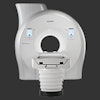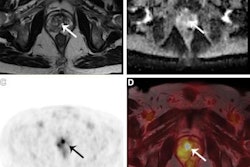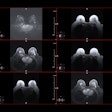
Using MRI for active prostate cancer surveillance is more cost-effective than repeated biopsies or prostate-specific antigen (PSA) tests, according to a study published July 13 in Radiology.
And the modality reduces unnecessary biopsies and finds more clinically significant cancers, wrote a team led by Dr. Stella Kang of NYU Langone in New York City.
Kang and colleagues compared the following four simulated prostate cancer surveillance strategies for a base case of 60-year-old men:
- Watchful waiting
- Active surveillance with PSA and annual biopsy regardless of PSA results
- Active surveillance with PSA to determine if MRI and biopsy are needed
- Active surveillance with PSA testing and MRI, taking PI-RADS scoring into account to determine the need for biopsy
The group found that the models that incorporated MRI for prostate cancer surveillance would produce better quality of life and life expectancy than those without. Annual MRI demonstrated the highest quality-adjusted life-years (QALY), at 16.19; annual biopsy with no MRI yielded a QALY of 16.14; and watchful waiting showed a QALY of 15.94.
The most cost-effective surveillance strategy was an annual MRI using a PI-RADS score equal to or greater than four to perform a biopsy, instead of PI-RADS score equal to or greater than three.



















